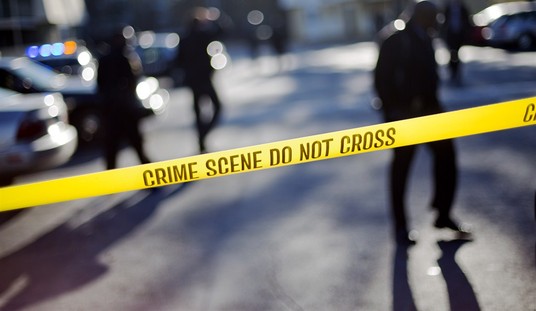Joel Kotkin and Mark Schill ask, “What’s The Matter With New York City?”:
Ever since the 1930s, most urban areas have leaned Democratic. But in presidential elections, many remained stubbornly competitive between the two parties. As late as 1988, for example, Republican nominees won Dallas County and made strong showings in the core urban counties of Cook (Chicago), Los Angeles and King (Seattle).
Today, America’s urban areas have evolved into a political monoculture that increasingly resembles the “solid South” that provided a base for Democrats from the late 19th century to the 1960s. Since 1972, the year of the Nixon landslide, the Democratic share has grown 20% or more in most of the largest urban counties.
As a result, places where Republicans such as Ronald Reagan could once win a respectable share of the vote – including San Francisco, Philadelphia and New York City – by 2004 were delivering 80% or more to the Democrats. Even in the losing year of 2004, Democratic nominee John F. Kerry won almost every city of more than 500,000 people.
This fall, Barack Obama, a resident of Chicago, can comfortably expect to triumph in virtually every major urban county, often by ratios of 2-to-1 or more. He can count just as much on cities in decline as he can on those that have been gentrified; he will rack up big margins both in heavily white core counties such as those around Minneapolis and Portland, Ore., as well as overwhelmingly minority Baltimore, Philadelphia and The Bronx.
Race and income levels do not explain the emerging urban monoculture, because the cause lies elsewhere: in the evolution of cities over the past four decades. The shift began in the late 1960s, when urban regions, from financial centers such as New York and Chicago to old industrial cities such as Detroit and Cleveland, began to suffer a massive exodus of predominantly white, middle-class residents.
This left behind an increasingly impoverished, highly minority population with very little proclivity to support conservative or even moderate Republicans.
More recently, some cities – such as New York, Chicago, Boston, San Francisco – have attracted a population of well-educated, white professionals. Many new urbanites tend to be students or professionals enjoying city life during their first, highly experimental years of adulthood. At this point, they are most open to liberal ideas and causes; they have yet to worry much about taxes and crime, issues that drive people to the center.
Meanwhile, as for a shrinking but still large city on the left coast, Victor Davis Hanson has a spot-on look at San Francisco:
I spent some time speaking in San Francisco recently. In crude and exaggerated terms, it reminds me of H.G. Wells Eloi and Morlocks. There are smartly dressed yuppies, wealthy gays, and chic business people everywhere downtown, along with affluent tourists, all juxtaposed with hordes of street people and a legion of young service workers at Starbucks, restaurants, etc. What is missing are school children, middle class couples with strollers, and any sense the city has a vibrant foundation of working-class, successful families of all races and backgrounds. For all its veneer of liberalism, it seems a static city of winners and losers, victory defined perhaps by getting into a spruced up Victorian versus renting in a bad district, getting paid a lot to manage something, versus very little to serve something. All in all, I got a strange creepy feeling that whatever was going on, it was unsustainable–sort of like an encapsulated Europe within an American city. The city seems to exist on tourism, and people who daily come into the city to provide a service, get paid–and leave. One businessman tried to assure me my anxieties were misplaced: “We are a revolving-door city: young people want a year or two in the “city” to have fun, so flock here, take menial jobs, cram together in an apartment, enjoy our night-life, and then leave wiser and ready to start life somewhere else in the real world. In the meantime, they are willing to work hard for us for little pay.” I think that about sums up the city.
I remember SF in the late 1950s and early 1960s as a kid visiting with his parents. A much different place altogether of affordable homes, vibrant docks, lots of construction–and children everywhere.
While San Francisco is perhaps the most extreme example in America, a landscape of very wealthy and very poor, with a hollowed-out middle class seems to be a natural occurrence wherever liberal social and taxation policies become too punitive. As Steven Malanga of City Journal mentioned to me in one of my first podcasts, such a trend is already starting to occur on the opposite coast, in New Jersey*. And speaking of New York and taxes, Nicole Gelinas, another City Journal author, gives us a warning–or maybe a sneak preview–of “New York’s Next Fiscal Crisis.”
* No word yet of the long-term impact of Governor Corzine’s fiscal policies on Guido Beach.










Join the conversation as a VIP Member